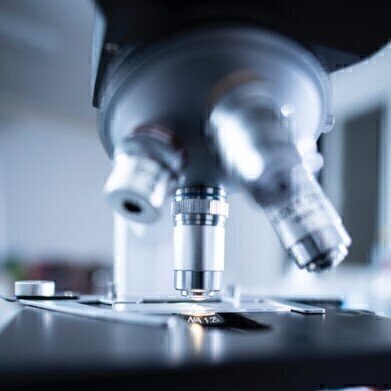Bioanalytical
How Can Mass Spectrometry Be Used in Disease Outbreaks?
Oct 21 2020
Coronavirus was first identified in Wuhan, China and quickly spread globally. This novel coronavirus was given the name severe acute respiratory syndrome coronavirus 2 or SARS-CoV-2. The disease it causes is known as coronavirus disease 2019 (Covid-19). By the middle of July 2020, over 15.5 million people were infected globally with over 600,000 deaths reported.
With no cure or vaccine yet available, researchers and doctors the world over are searching for more information and data about the virus and the disease it causes. There are both short term and long-term goals in diagnostic research of SARS-Cov-2 and Covid-19. Initially, the urgent need for a better test and detection system to allow for screening and isolation of the virus and disease is paramount. One of the longer-term goals for studying Covid-19, and future global pandemics, is to integrate these into multiomics to allow doctors a better chance of tracking healthy and sick patients. Chromatograph and mass spectrometry can assist with this aim.
Omics are the future
In a recent paper published in the Journal of the American Society for Mass Spectrometry researchers from the University of Florida report on the use of chromatography and mass spectrometry in pathogen studies related to future pandemics and the current Covid-19 pandemic. The authors state:
Mass spectrometry (MS)-based integrated omics includes proteomics, glycomics, metabolomics, and lipidomics studies which provide a comprehensive snapshot of pathogen-induced changes to the host following infection, invasion, persistence, and pathogenesis and can prime the identification of novel therapeutic targets for preventing or lessening disease severity.
So, what are omics? Put simply, omics studies and analyses the whole make-up of a biological function or body. It does this at different levels, genomics looks at the molecular genes, proteomics looks at the proteins and metabolomics investigates the metabolism. The power of omics though, is that rather than looking at one variable, it uses the power of computing and modelling to investigate thousands of variables at once. The use of omics is discussed in the article, Nontargeted Omics Approach to Characterise and Profile Adulterants in Honey.
Omics fighting the pathogens
Pathogens can infect a host by affecting a host’s metabolism. In fact, adaptation of the host’s metabolic pathways can be vital for a virus to replicate and thrive, outcompeting the neighbouring cells. Understanding the interaction between a viral pathogen and a body’s metabolism is crucial for understanding what steps researchers need to take to develop new therapies for current and future pathogens.
In the paper referenced above - Mass Spectrometry Techniques in Emerging Pathogens Studies: COVID-19 Perspectives – the authors report on various studies in glycomics, lipidomics, proteomics and metabolomics that are addressing the current pandemic. They report on the important role that chromatography-based mass spectrometry methods have played in these studies. They conclude we suggest that targeted and untargeted MS-based multiplexing technologies could have potential to accelerate the understanding of the complexity of COVID-19 pandemic and its management.
Digital Edition
Chromatography Today - Buyers' Guide 2022
October 2023
In This Edition Modern & Practical Applications - Accelerating ADC Development with Mass Spectrometry - Implementing High-Resolution Ion Mobility into Peptide Mapping Workflows Chromatogr...
View all digital editions
Events
Apr 28 2024 Montreal, Quebec, Canada
May 05 2024 Seville, Spain
May 15 2024 Birmingham, UK
May 19 2024 Brno, Czech Republic
May 21 2024 Lagos, Nigeria














